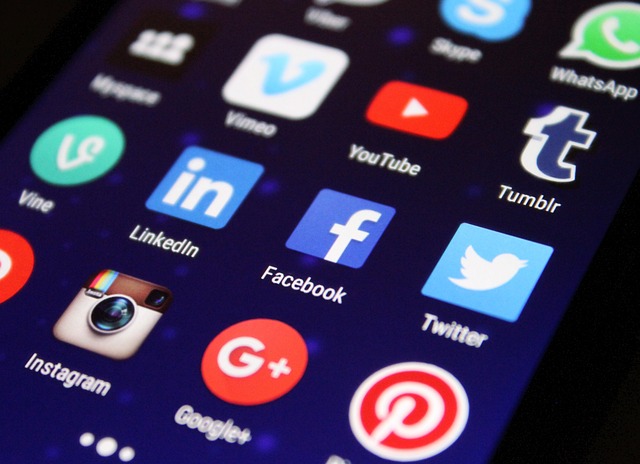
Unlocking the Power of Communication: The Science, Technology, and Workplace Culture Connection
Effective communication is more than just exchanging words; it’s a vital lifeline that connects us as individuals, teams, and organizations. In today’s fast-paced world, understanding the nuances of how we communicate pivots on the intersection of science, technology, and workplace culture.
The Science Behind Communication
At its core, communication is a cognitive process involving encoding, transmitting, and decoding messages. Research in psychology and neurology reveals that effective communication relies on our emotional intelligence—our ability to recognize, understand, and manage our emotions and the emotions of others. Studies have shown that non-verbal cues, such as body language and facial expressions, play an equally critical role as the words we speak. This scientific understanding emphasizes the need for awareness and empathy in our interactions, fostering deeper connections and collaboration.
Technology: An Enabler of Connection
In the digital age, technology has revolutionized the way we communicate. From emails to instant messaging and video conferencing, technological tools have broken geographical barriers and allowed for seamless connectivity. Yet, with this convenience comes a paradox: while technology facilitates communication, it can also create distance. The warmth of face-to-face interaction can easily get lost in screen time. It’s essential to strike a balance by leveraging technology to enhance our communication while not relying solely on it.
Workplace Culture: Fostering Open Communication
Workplace culture acts as the bedrock upon which effective communication flourishes. A culture that promotes openness, trust, and psychological safety encourages employees to share their ideas and concerns freely. Companies that prioritize open lines of communication often see increased engagement, productivity, and overall job satisfaction. Implementing regular feedback loops, team-building activities, and open-door policies can enhance communication links within a team, making individuals feel valued and heard.
Moreover, nurturing a culture that embraces diversity and inclusion can further enrich communication. Diverse teams bring varied perspectives, fostering creativity and leading to more innovative solutions. Encouraging all voices to be heard ensures a collaborative environment where ideas can flourish.
In essence, harnessing the power of communication through a scientific understanding, embracing technological advancements, and cultivating a supportive workplace culture can unlock immense potential. As we navigate the complexities of human interaction, prioritizing these elements can lead to not only better professional relationships but also a more fulfilling workplace experience for everyone involved.



